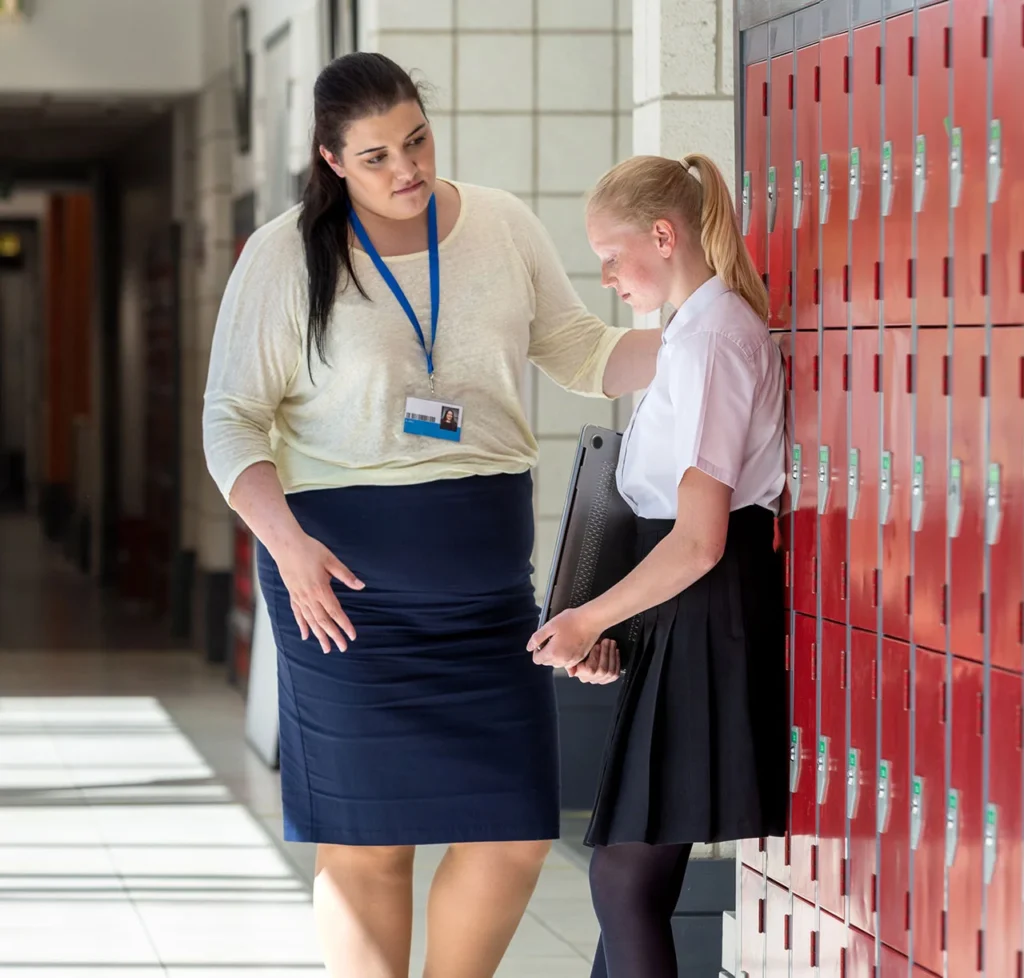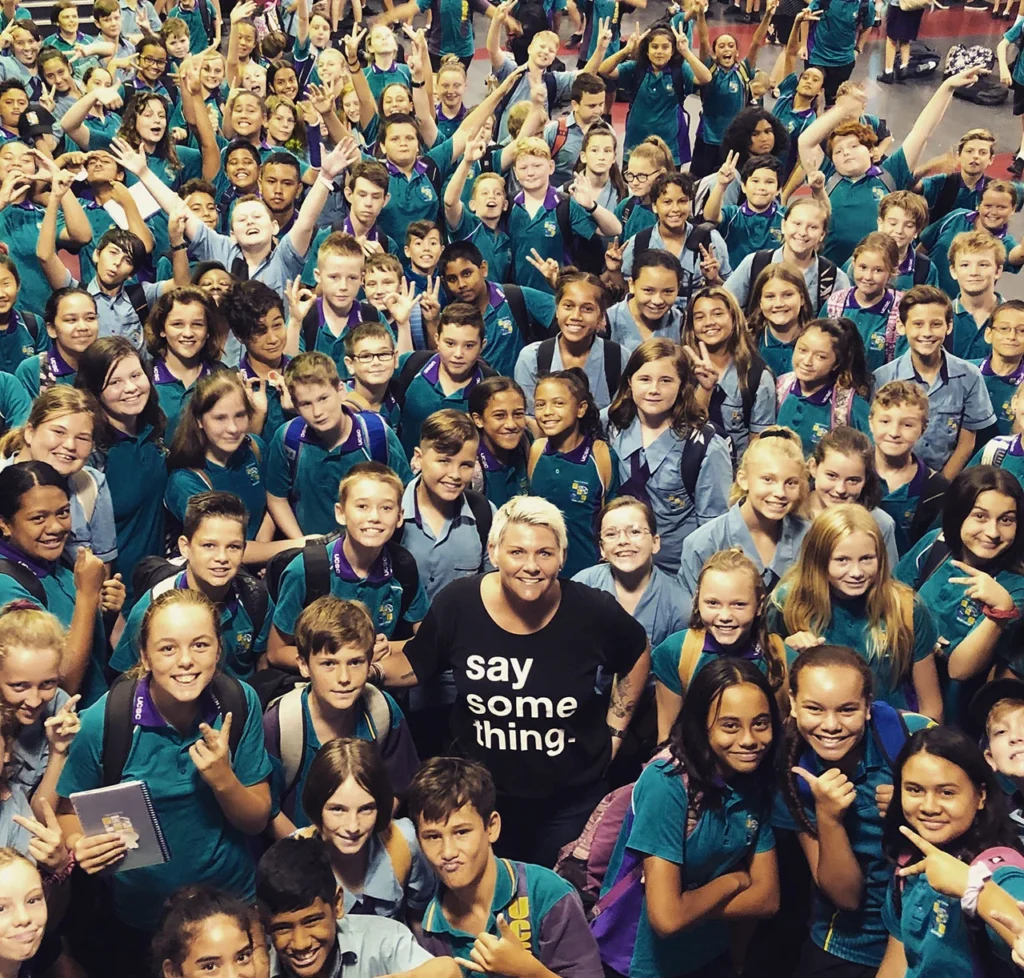For Educators
Schools currently using Stymie report that

Internationally, schools are receiving Stymie notifications about suicide ideation, illegal activity, depression, anxiety, family violence, self-harm, bullying and cyberbullying, planned fights and other covert behaviours.
Why Stymie?
Adhere to Government wellbeing guidelines
Social & Emotional Wellbeing
Evidence when you need it
Child Safe Standards
Co-Designed with students and Educators
Our Founder has worked in the education system for 26 years. Stymie is simple to use and has been built with the school information channel in mind. Every year, Stymie involves both students and educators in the review, assessment and improvement of the Stymie technology and service.
Support and Implementation
Stymie sits outside of an organisation’s IT ecosystem, so there is no need to install or align any student management systems with the Stymie technology. Set up takes less than 15 minutes and a real human will support you through it!
Registering as a Stymie school
A non-negotiable part of using Stymie in your community is a launch day. The onboarding process involves a Stymie Facilitator coming to your school; they will deliver 20-minute presentations to Primary students, 40-minute presentations to Secondary students and an essential staff PD.
